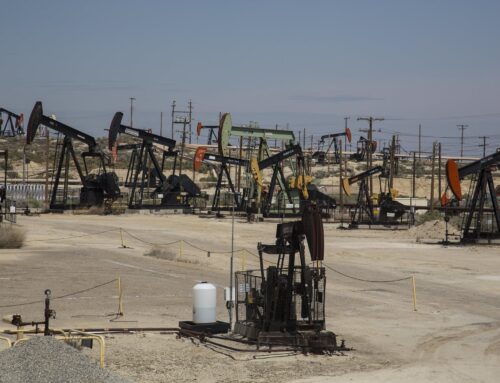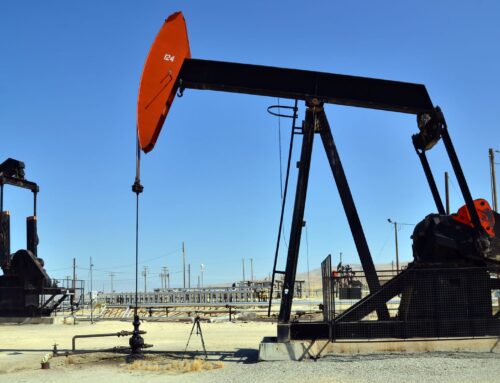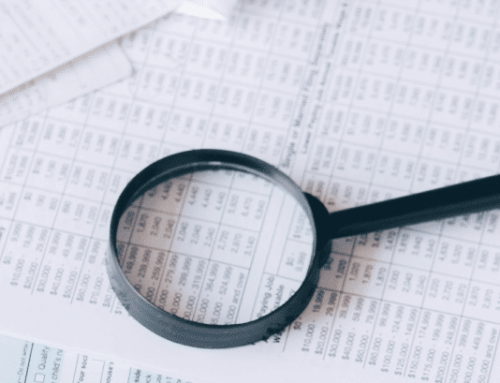Any private landowner wants a fair return for someone’s use of their goods or property. Why should taxpayers accept less? Ask the Department of Interior (DOI).
The federal government collects royalties from companies that want the right to extract and sell taxpayer-owned resources from federal land. These royalties represent one of the largest non-tax revenue sources for the federal government. Unfortunately, the federal government doesn’t have a good track record when it comes to recouping what taxpayers are due. The problem peaked in 2009 when workers at the agency tasked with royalty collection, the Minerals Management Service, were literally in bed with the oil and gas industry. Since then, numerous outside reviews have suggested that DOI continues to miscalculate the value of federal resources, and the federal coal program has been criticized specifically by offices like the Government Accountability Office and the Inspector General at DOI for failing to capture a fair return for taxpayers.
The Secretary of the Interior has made promising remarks about ensuring taxpayers a fair return for federal coal found on public land, and the Department is working on updating 25 year-old rules governing mineral extraction and revenue collection from operations on federal lands and waters. So there is reason to be hopeful. But there are still many opportunities for industry to game the system, bilking taxpayers out of their rightful payments while making a fortune selling taxpayer-owned coal overseas. We will need strong action, not only strong words, to make sure taxpayers’ interests are better protected.
Today is the last day for the public to comment on the DOI’s proposed changes to the system of collecting royalties on oil, gas, and coal mined from public lands and waters. These proposed changes deal specifically with the way DOI calculates the royalties owed on public resources, a process known as “valuation.” Taxpayers for Common Sense submitted comments on the proposed rulemaking, and we will be following the process as the rule continues to develop.
The proposed rule, in theory, closes an existing loophole that shortchanges taxpayers out of royalty payments due for mining coal on federal land. DOI calculates royalty payments by multiplying the royalty rate by the sales value of the coal at the first sale. The problem that has emerged is that the first sale is increasingly between two corporate entities with interlocking ownership, allowing these affiliates to collude and set a lower, unrealistic price to reduce royalties owed. The proportion of these so-called captive sales has increased steadily over the last decade. According to Energy Information Agency data, captive sales or transactions accounted for 8 percent of total sales in the U.S. in 2002, increasing to 12.1 percent in 2005, and 22.6 percent in 2012, nearly tripling in ten years’ time.
Unfortunately, DOI is not proposing any changes to the valuation of other coal sales, those between independent companies. This is a mistake. Collecting a royalty on the price that coal is sold for at the mouth of the mine to an independent broker fails to capture the true value when that coal is sold at much higher prices on (often foreign) markets. If we calculate the royalty rate currently paid by coal companies using the market value instead of the value at the mine, it becomes clear that coal companies are paying royalties at a fraction of the royalty rate set in regulation or in the terms of individual leases. These sales accounted for three-fourths of the total sales in 2012.
DOI has considerable authority under the Mineral Leasing Act to set any justifiable standard for the “value” it uses to calculate the royalties owed. It is wasteful not to reform the valuation process in order to capture the full royalty based on the market value of coal on federal land, especially considering the history of losses from the coal program and the potential to export coal at a higher value but pay a royalty on a much lower domestic price. This rulemaking could be a step in the right direction for DOI, showing taxpayers they’re serious about cleaning house, but they must go further.
To learn more about federal coal leasing, visit www.taxpayer.net/coal










